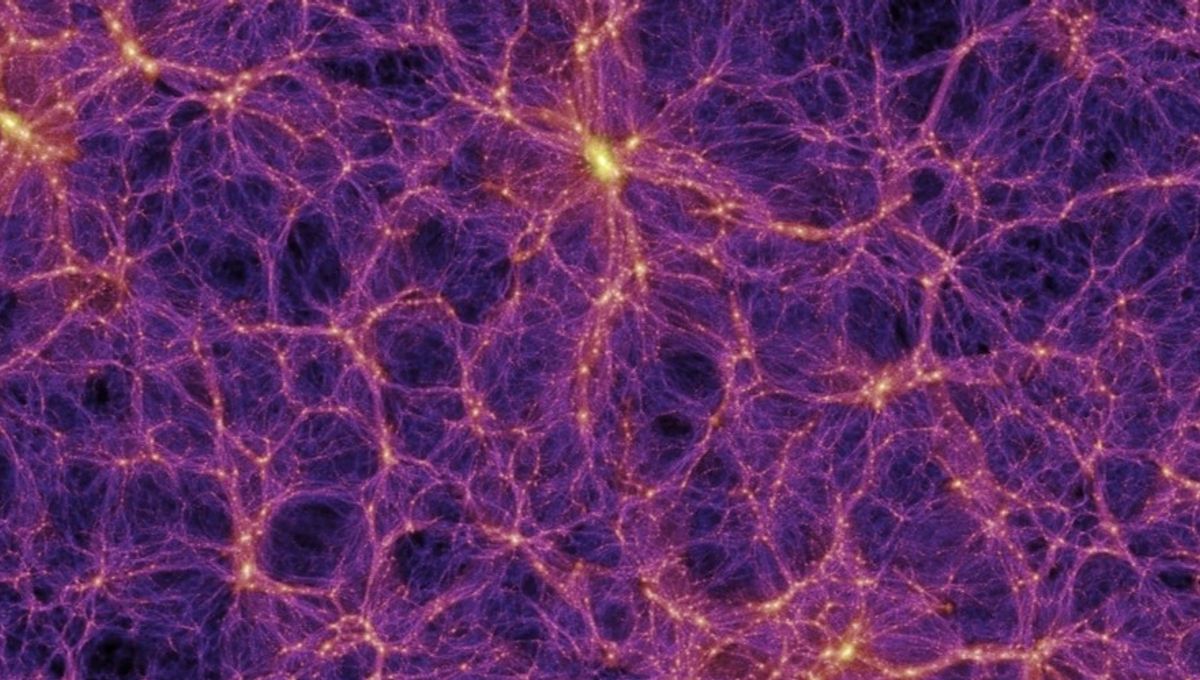
Mapping the distribution of matter in the universe is an important quest for cosmology and astrophysics. There is a battle going on between the universe’s accelerated expansion and gravity trying to keep things all together. Some absolutely enormous structures have been found in the distant universe, but even closer to us there are gargantuan ones. Meet Quipu.
ADVERTISEMENT GO AD FREE
Quipu is a structure spanning 1.3 billion light-years. That means it would fit 13,000 galaxies like the Milky Way one after the other. It has a total mass of 2×1017 solar masses or as much as 130,000 Milky Ways. The two numbers reveal it couldn’t possibly be a conga line of galaxies. There is one main strand of clusters of galaxies from which many strands depart.
This structure reminded the discoverer of the Quipu, the Incan system used for counting, primarily, but also record keeping. There is the occasional hypothesis that there might be more language in it than we currently understand. It involves color-coded cords all attached to a larger strand. Each strand has knots tied in certain locations to deliver numerical information. Similarly, Quipu the cosmic structure has over-densities with larger clusters along its strands.
Quipu is one of five large cosmic structures discovered between 424 million and 815 million light-years from Earth. Together, they contain 45 percent of all galaxy clusters, 30 percent of all galaxies, and a quarter of all matter within that region of the near Universe – but they occupy only 13 percent of its volume, making them clear over-densities with respect to the rest of the region.
It is not surprising that there are regions that are more densely populated by galaxies, and regions that are less populated. The whole universe is organized in the so-called cosmic web, where galaxies and clusters are organized in strands and nodes, with mostly empty space in between. Those regions are called the voids.
Quipu is the largest of these structures in the near universe. Much larger structures have been found in the far universe that have called into question our models. Quipu instead is perfectly sized for it. Simulations of the cosmos expect the presence of structures like Quipu out there.
The presence of such a large structure could affect cosmological measurements. This has been suggested as a possible solution to the famous Hubble tension, the disagreement between multiple methods to estimate the expansion rate of the universe. The team looked for the effect in the data, but they feel that statistical confidence on the finding is too poor.
ADVERTISEMENT GO AD FREE
The paper is accepted for publication in the journal Astronomy & Astrophysics and can be read on the arXiv preprint server.
Source Link: Largest Structure In The Near Universe Discovered – 130,000 Times More Massive Than Our Galaxy